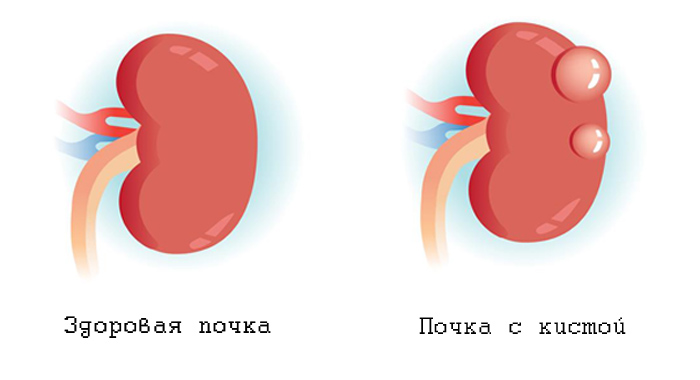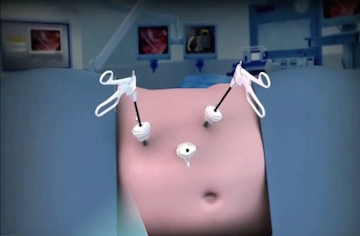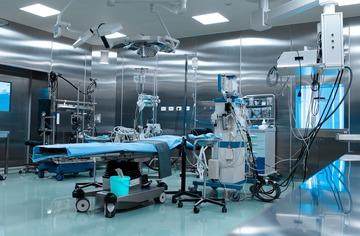Does every fluid filled growth on the kidney need surgery? No, far from it.
The surgery is only required if:
- The cyst on the kidney is larger than 4 cm in size;
- The cyst is small but is compressing the renal pelvis;
- The cyst has multiple walls (called septation);
- Bleeding or inflammation of the cyst.
We offer the following surgery options for kidney cysts:
Kidney cyst paracentesis sclerotherapy. The aim of this procedure is to remove the fluid from the cyst cavity and replace it with a special solution that will glue the walls together from the inside. This method is used in the presence of parasitic cysts.
Laparoscopic kidney cyst removal – laparoscopic surgery is always preferable to open surgery. There is no incision, no pain and the patient can go home on the second day following laparoscopic kidney cyst removal.





